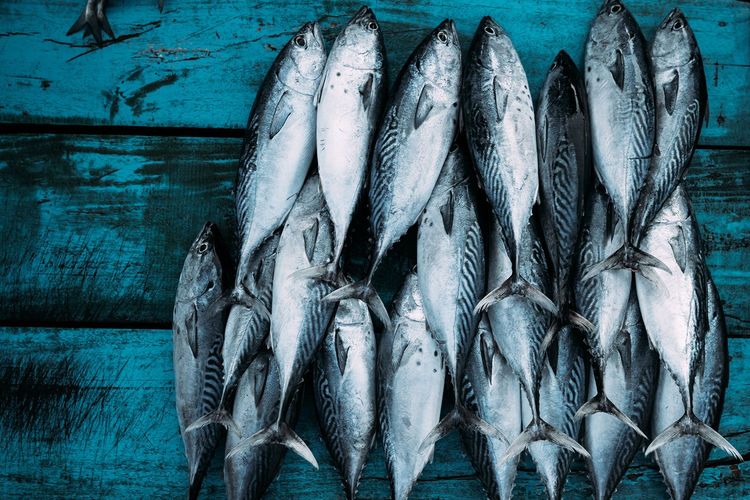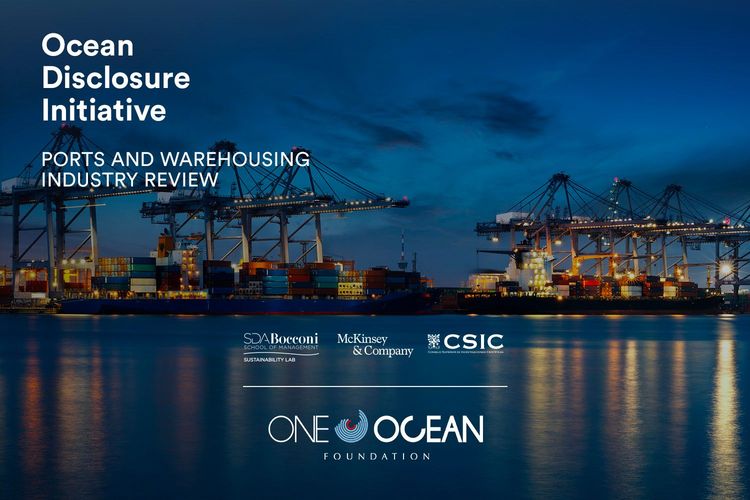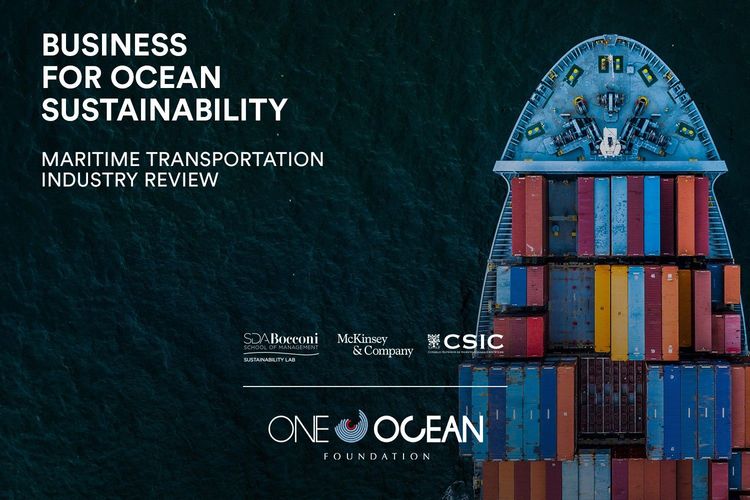
Blue foods — animals, plants and algae harvested from freshwater and marine environments — supply protein to over 3.2 billion people, are a key source of nutrients in many coastal, rural and indigenous communities, and support the livelihoods of over 800 million people, the majority of whom work in small-scale systems. Despite their contribution to food systems globally, blue foods tend to be underrepresented in discussions about how to feed the world's population sustainably over the coming decades.
A recent study from the University of Melbourne has shown how introducing 'blue foods' into our diets could help fight global malnutrition, disease and climate change. Blue foods are aquatic organisms such as algae, microalgae, crustaceans and small fish that are rich in essential nutrients and can be grown sustainably. Malnutrition is a global challenge, with over 820 million people suffering from hunger and more than two billion malnourished due to an unbalanced diet. Blue foods may offer a solution to this problem, as they contain protein, omega-3s, vitamins and minerals.
Growing blue foods is also more environmentally sustainable, requiring less water, land, and fertilizer than growing terrestrial animals. Finally, blue foods would help fight climate change, as they absorb carbon dioxide and produce oxygen. In summary, introducing blue foods into our diet could have numerous benefits for human health, the environment and global sustainability.


